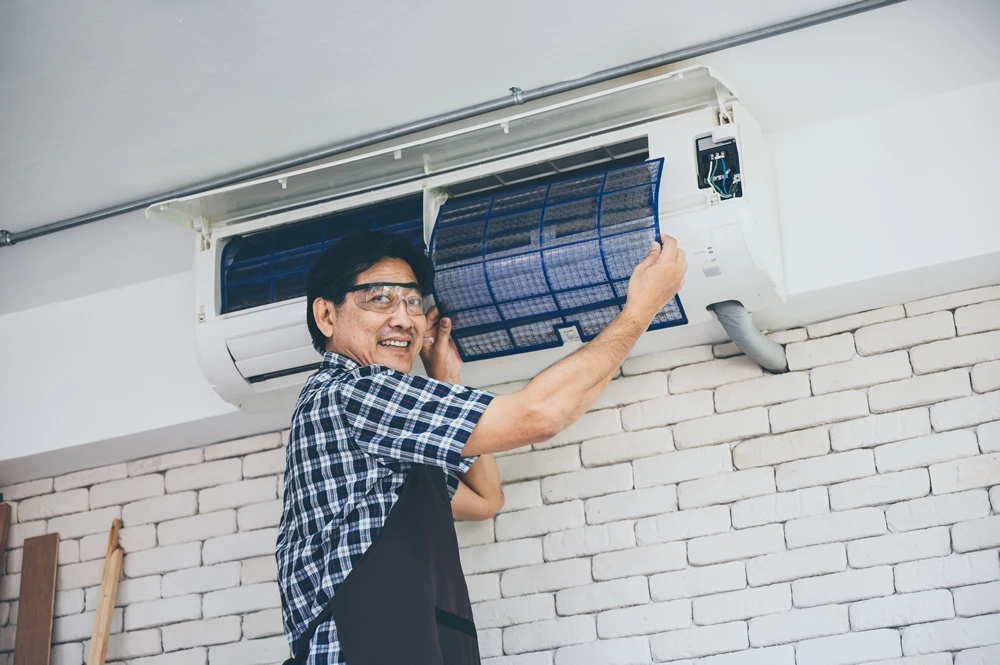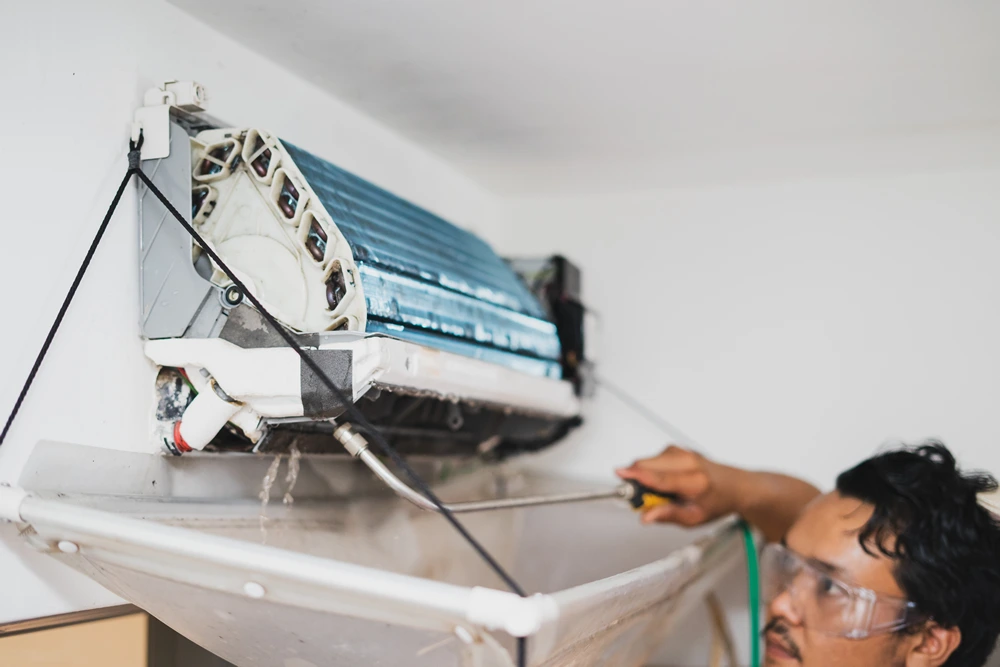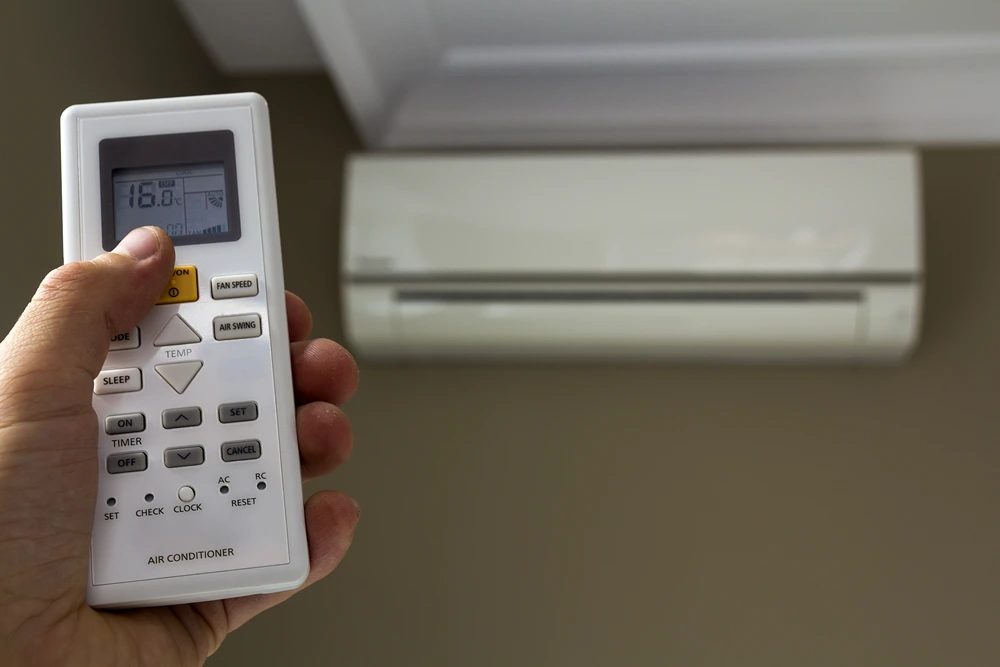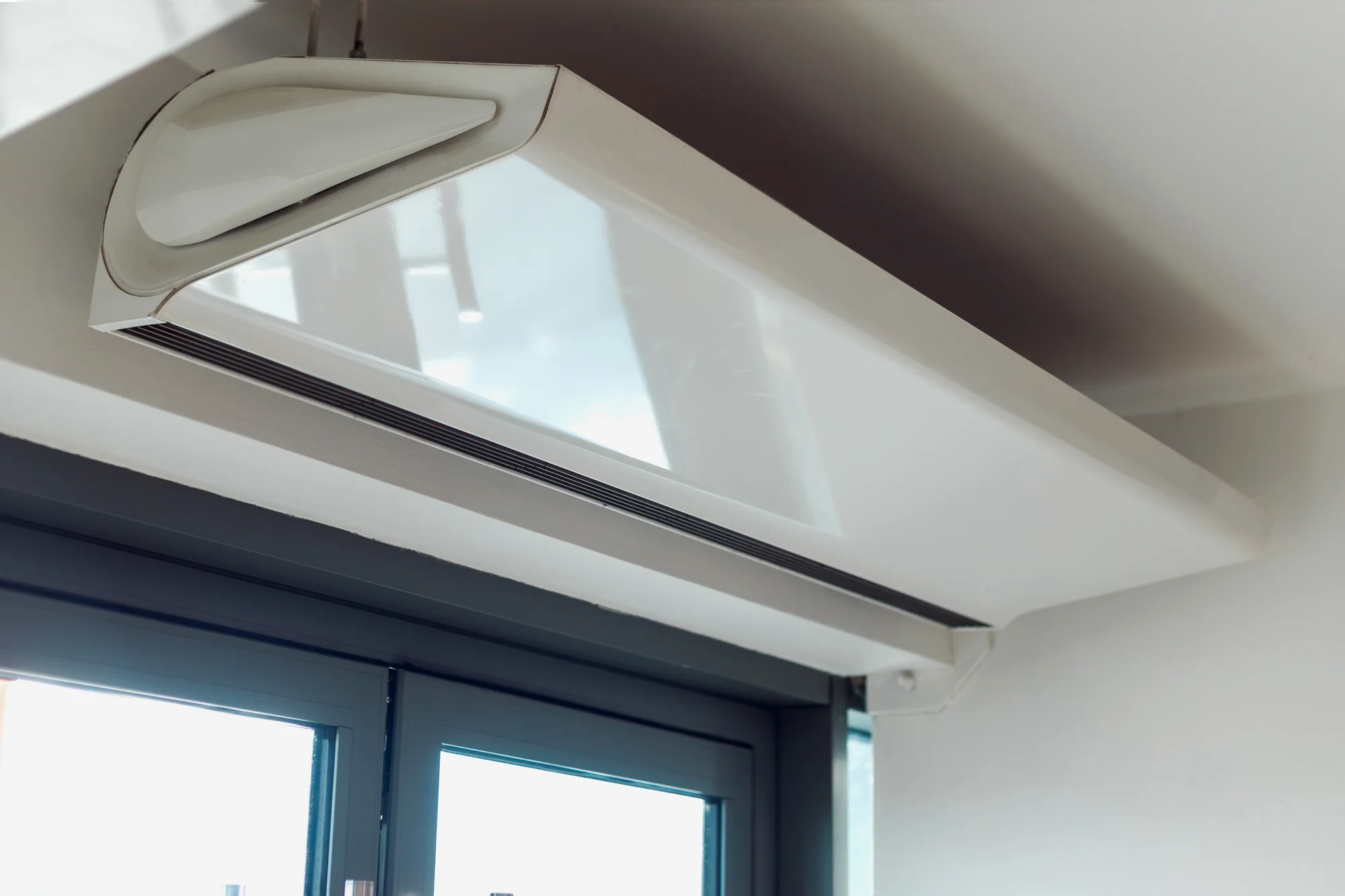Your aircon unit is more than just an appliance; it’s a sanctuary from the sweltering heat, a guarantor of a good night’s sleep, and a significant investment in your home’s comfort and value. Like any complex machine, however, it is subject to wear and tear. The difference between a unit that sputters to an early grave after five years and one that reliably chills for fifteen often boils down to one critical factor: consistent, proper maintenance.
Neglecting your AC doesn’t just lead to a sudden, inconvenient breakdown on the hottest day of the year. It forces the system to work harder and longer to achieve the same result, leading to skyrocketing energy bills and a gradual, costly decline. The good news is that with a proactive approach, you can significantly extend your air conditioner’s lifespan, improve its efficiency, and save a substantial amount of money in the long run.
Here is your comprehensive guide to expert maintenance tips, broken down into tasks you can confidently do yourself and those where calling in a professional is non-negotiable.
The Foundation: Understanding Why Maintenance Matters
Before diving into the “how,” it’s crucial to understand the “why.” An aircon doesn’t create cold; it moves heat. The refrigerant in the system absorbs heat from your indoor air and releases it outside. This process relies on two key components: airflow and heat exchange.
When filters are clogged, coils are dirty, or fins are bent, the system must strain. A dirty system is like trying to run a marathon while breathing through a straw. The compressor, often called the heart of the AC, is put under immense stress. This leads to:
- Reduced Efficiency: A dirty system can consume 15-30% more energy.
- Poor Performance: Inadequate cooling, reduced airflow, and difficulty maintaining set temperatures.
- Shortened Lifespan: The added strain on mechanical components, especially the compressor, is the primary cause of premature failure.
- Costly Repairs: Small, ignored issues snowball into major, expensive problems.
A well-maintained unit, conversely, operates smoothly, efficiently, and with minimal stress, allowing it to reach its full potential lifespan.
Part 1: What You Can (And Should) Do Yourself

These routine tasks require minimal tools and no technical expertise but yield the highest return on your time investment.
1. The Monthly Filter Change: Your First and Best Line of Defense
This is the single most important maintenance task you can perform. The air filter’s job is to trap dust, pollen, and other particulates. When it becomes clogged, it restricts airflow to the evaporator coil, causing the coil to freeze up and the compressor to labor unnecessarily.
Frequency: Check disposable filters every month, especially during peak cooling season. Change them at least every 90 days, or more often if you have pets, allergies, or live in a dusty environment.
How-To: Locate the filter slot (typically in the return air duct in a wall or ceiling, or in the blower compartment of your furnace/air handler). Turn the system off. Note the direction of the airflow arrows on the filter frame and insert the new one correctly.
Pro Tip: Consider upgrading to a high-efficiency pleated filter for better air quality, but be prepared to check it even more frequently as they clog faster.
2. Keep the Outdoor Unit Clear and Clean
The outdoor unit (condenser) is where heat from your home is expelled. It needs unrestricted airflow to do its job effectively.
Clear the Perimeter: Maintain at least two feet of clear space around the unit. Regularly trim back any shrubs, vines, or weeds. Remove leaves, grass clippings, and other debris.
Keep it Level: Ensure the unit sits level on its concrete pad. A tilted unit can cause oil to pool in the compressor, leading to damage.
Gentle Cleaning: With the power to the unit turned OFF at the external disconnect switch, you can gently rinse the fins with a garden hose. Spray from the inside out to push debris away. Never use a pressure washer, as the high pressure will bend the delicate fins and cause permanent damage.
3. Straighten Bent Fins
The aluminum fins on the condenser coil are designed to maximize surface area for heat dissipation. If they are bent, they block airflow.
How-To: You can purchase a tool called a “fin comb” from any hardware store. Gently comb through the bent fins to straighten them back to their original alignment. This simple act can noticeably improve efficiency.
4. Ensure Proper Indoor Airflow
The indoor unit also requires free airflow. Make sure all supply vents (the ones blowing cold air) and return vents (the ones pulling air in) are open and unblocked by furniture, rugs, or curtains. A balanced system maintains proper pressure and allows for efficient operation.
Part 2: When to Call the Professionals: The Annual Tune-Up

While DIY tasks are vital, they are not a substitute for a professional, comprehensive maintenance visit. You should schedule this service once a year, ideally in the spring before the heavy cooling season begins.
A professional HVAC technician will perform a multi-point inspection and aircon cleaning that goes far beyond what a homeowner can do. Here’s what a thorough professional maintenance visit should include:
1. Deep Cleaning the Evaporator and Condenser Coils
Over time, the evaporator coil inside your air handler will accumulate a layer of “sludge” – a combination of dust and moisture that acts as an insulator. The condenser coil outside gets caked with pollen, dirt, and grime. A professional will use specialized chemicals and tools to deep-clean both, restoring their heat-transfer capabilities.
2. Checking and Sealing Ductwork
The ducts are the circulatory system of your cooling. If they are leaking in your hot attic or crawlspace, you are literally cooling the outdoors. A technician can assess ductwork for major leaks and seal them, a service that can dramatically improve your system’s effectiveness.
3. Inspecting and Calibrating the Thermostat
The technician will ensure your thermostat is accurately reading the temperature and properly communicating with the AC system. They may recommend an upgrade to a programmable or smart thermostat to optimize performance and save energy.
4. Checking Refrigerant Levels
This is a critical task. Your AC system is a sealed unit and does not “use up” refrigerant. If the level is low, there is a leak that must be found and repaired. Both too much (overcharged) and too little (undercharged) refrigerant can severely damage the compressor—the most expensive component to replace. A professional will measure the “superheat” and “subcooling” to ensure the charge is perfect.
5. Oiling Motors and Checking Electrical Components
The technician will check all electrical connections for tightness and signs of overheating, as faulty connections are a fire hazard and can damage controls. They will also oil motors as needed (though many newer models have sealed bearings) and check the system’s starting and running amperage to ensure all components are operating within safe specifications.
6. Checking the Condensate Drain Line
As your AC cools, it removes humidity from the air, which drips into a condensate pan and flows out through a drain line. This line can become clogged with algae and mold, leading to water leaks and potential water damage. The technician will flush the drain line with a special solution to clear any blockages and ensure it flows freely.
7. Testing for Safety and Performance
Finally, the technician will run the system through a full cycle, monitoring its operation to ensure it starts, runs, and shuts down correctly. They will measure the temperature drop across the evaporator coil (typically a 15-20°F difference is ideal) to confirm the system is cooling as designed.
Part 3: Beyond Maintenance: Smart Habits for Longevity

Your daily and seasonal habits also play a significant role in how hard your system has to work.
- Use a Programmable Thermostat: There is no need to keep your home ice-cold when no one is there. Setting the temperature 7-10 degrees higher for eight hours a day can save you up to 10% on cooling costs. A smart thermostat can automate this and learn your schedule.
- Utilize Fans: Ceiling fans and portable fans create a wind-chill effect, making you feel 3-4 degrees cooler. This allows you to set the thermostat a few degrees higher without sacrificing comfort, reducing the runtime of your AC.
- Manage Heat Gain: During the hottest part of the day, close blinds and curtains on sun-facing windows. Use an outdoor grill instead of the oven. These small actions reduce the heat load inside your home, meaning your AC doesn’t have to work as hard.
- Don’t “Super-Cool”: Cranking the thermostat down to 65°F on a 95°F day will not cool your home faster. It only makes the system run continuously until it reaches that (likely unattainable) temperature, putting it under extreme stress.
Conclusion: An Investment, Not an Expense
Viewing annual professional maintenance as an unnecessary expense is a short-sighted approach. The cost of a typical tune-up is a fraction of the cost of a major repair or a full system replacement. It is an investment that pays for itself through:
- Extended Equipment Life: Adding 5-10 years to your system’s lifespan.
- Lower Energy Bills: Maintaining peak operating efficiency.
- Fewer Costly Repairs: Catching small problems before they become catastrophic.
- Preserved Warranty: Many manufacturers require proof of annual maintenance to keep the warranty valid.
- Consistent Comfort: Ensuring your home remains the cool refuge you depend on.
Your air conditioner is a workhorse that asks for very little in return. By combining simple monthly DIY tasks with an annual professional check-up and adopting smart cooling habits, you are not just maintaining a machine—you are protecting your investment, your comfort, and your wallet for years to come. Start today, and give your AC the care it deserves to keep you cool for the long haul.




